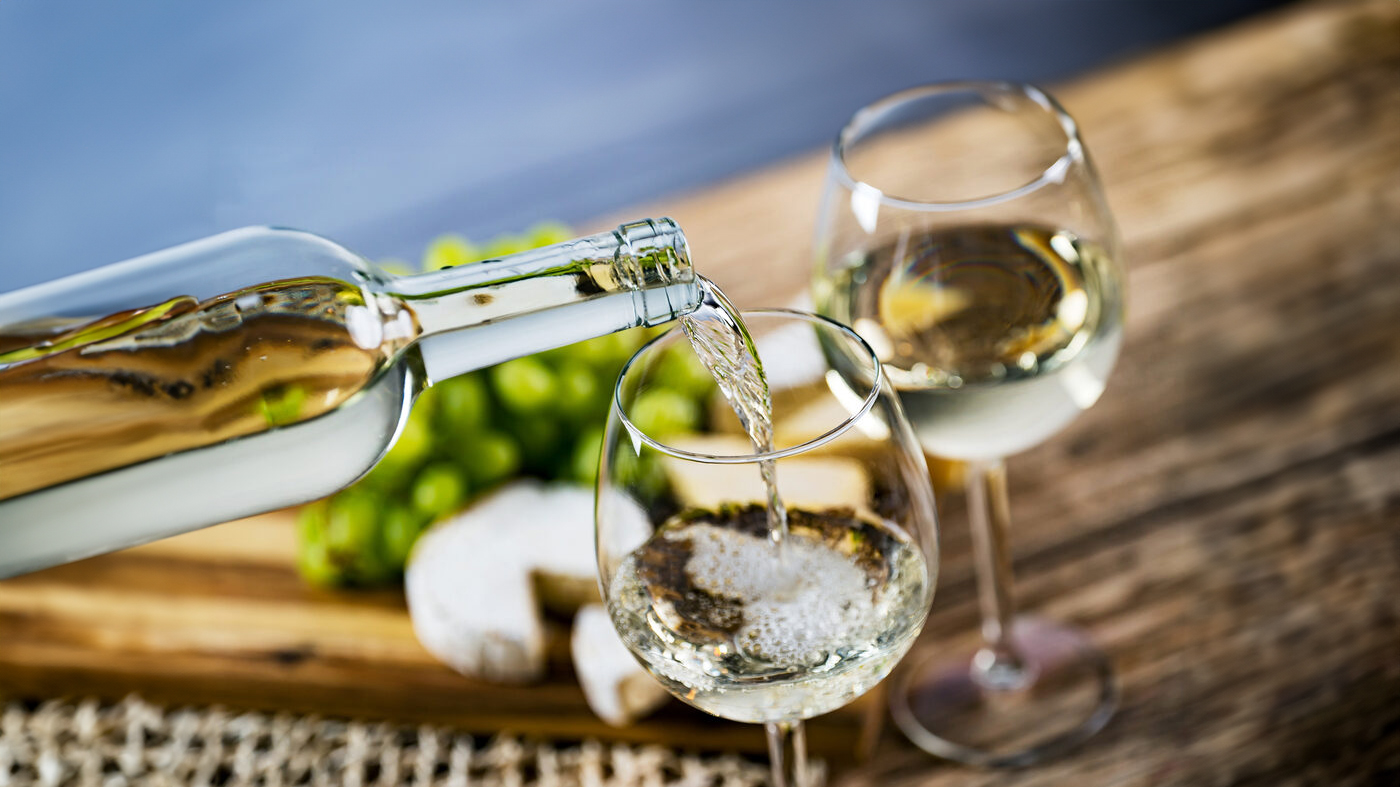
Cool Chilean: Saluting the bright, mineral South American west coast whites born in mineral-rich soils
Perhaps a little surprisingly given its far-flung New World location, Chile has a long history of making wine. Production dates from the 16th century with the arrival of the Spanish conquistadors, while further developments in the mid-19th century saw the introduction of French wine varieties such as Cabernet Sauvignon, Merlot, Carménère and Cabernet Franc.
Fantastic fourth
The 1980s saw a growth in the industry with improved fermentation techniques and the South American country is now firmly established on the winemaking map, with recent figures placing it as the world’s fourth-largest exporter of wine. Falling between the latitudes of 32°S and 38°S, the vineyards of Chile have been defined into several distinct regions since December 1994. Coquimbo in the north and the Central Valley areas of Maipo, Cachapoal and Colchagua are considered among the best.
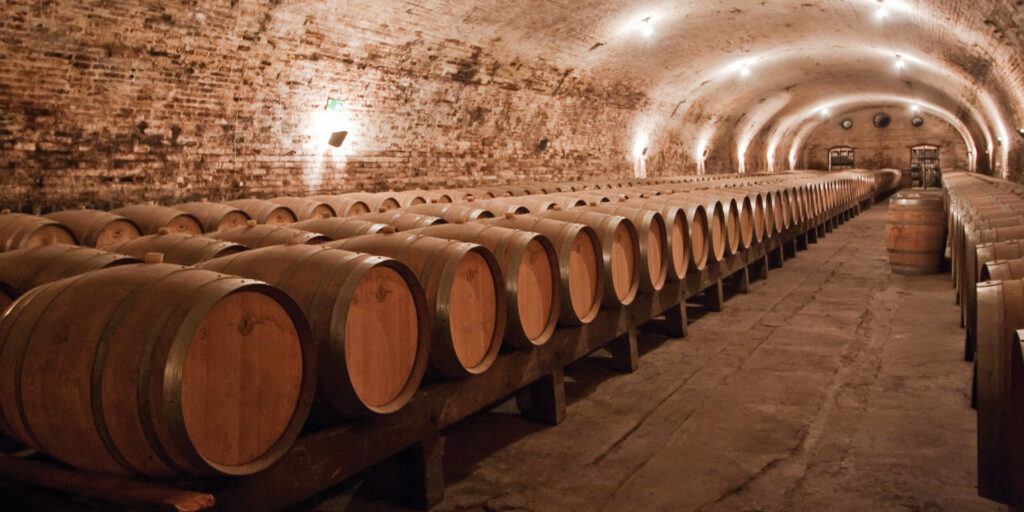
Limarí Valley, a sub-region of Coquimbo, is one of Bernice Liu’s favourite wine regions. The Hong Kong actress, winemaker and Wine Maven platform entrepreneur (winemaven.io) clearly adores the quality of the viticulture emanating from the area. “This region is a pretty cool place for wines,” she enthuses. “It is where my Chardonnay comes from!” She makes Lunoria and Vartiere Chardonnay in collaboration with Pagnel winery.
Chardonnay hooray
The main wines produced in the region are Sauvignon, Chardonnay, Pinot Noir and Syrah. Liu believes the location has some distinct advantages for certain wines, stating: “Limarí Valley is one of the most prized areas for Chardonnay in Chile, with great soil and climate conditions. With it having a sea-to-soil likeness, fresher whites are able to be produced here.”
She cites Concha y Toro winery as an example of a famous producer of lovely white wines in the valley.
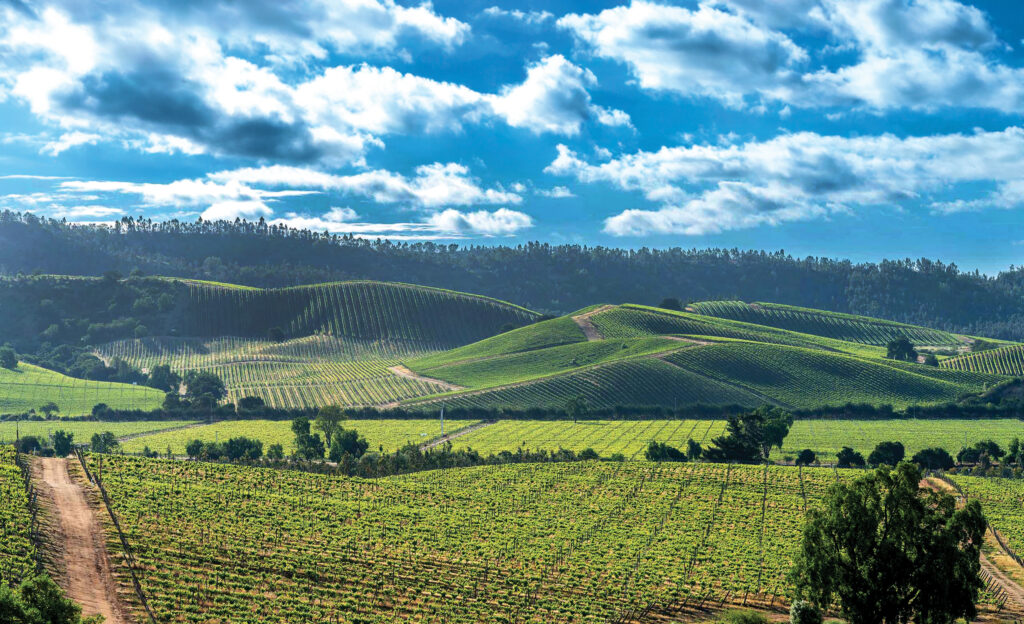
Roots and routes
Chile also has historical advantages that have cemented its winemaking tradition. As Liu points out, it was not affected by the phylloxera louse. Feeding on the roots and leaves of grapevines, these insects destroyed much of the wines worldwide in the late 19th century.
Mineral shine
There is good minerality in a soil that tends to be made of clay, silt and chalk in Limarí Valley. Due to a relatively moderate amount of rainfall, the vines on these mineral-rich soils are fed with drip irrigation, and this combination creates fresh wines with a notable mineral edge, a quality noted by Liu when describing her favourite wine from the region.
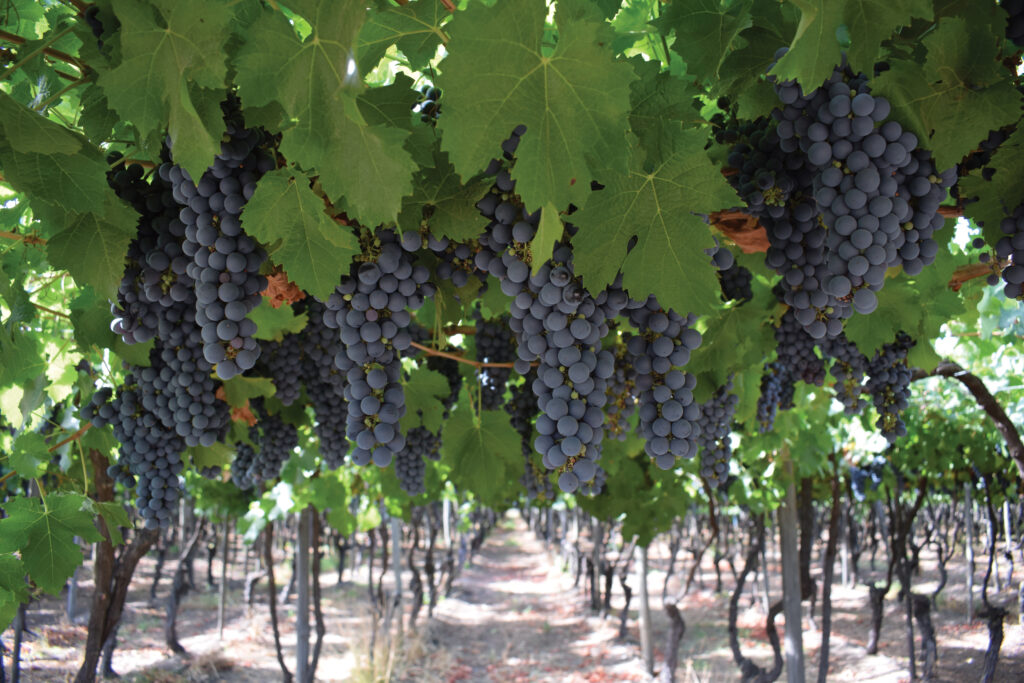
“Naturally, my Lunoria and Vartiere Chardonnays are my favourites,” she says. “I love medium-bodied whites, with good natural acidity. With moderate amounts of clay soil, minerality shines through, and makes them a great food pairing wine, especially with Asian cuisine and the varied flavours from dish to dish.
Aromatic show
“The aromas and taste of these wines have hints of floral, vanilla, ripe stoned fruit and a bit of oak to ease the acidity. Minerality from the clay soil is also present,” she adds, again referring to the mineral edge in the wines of this region.
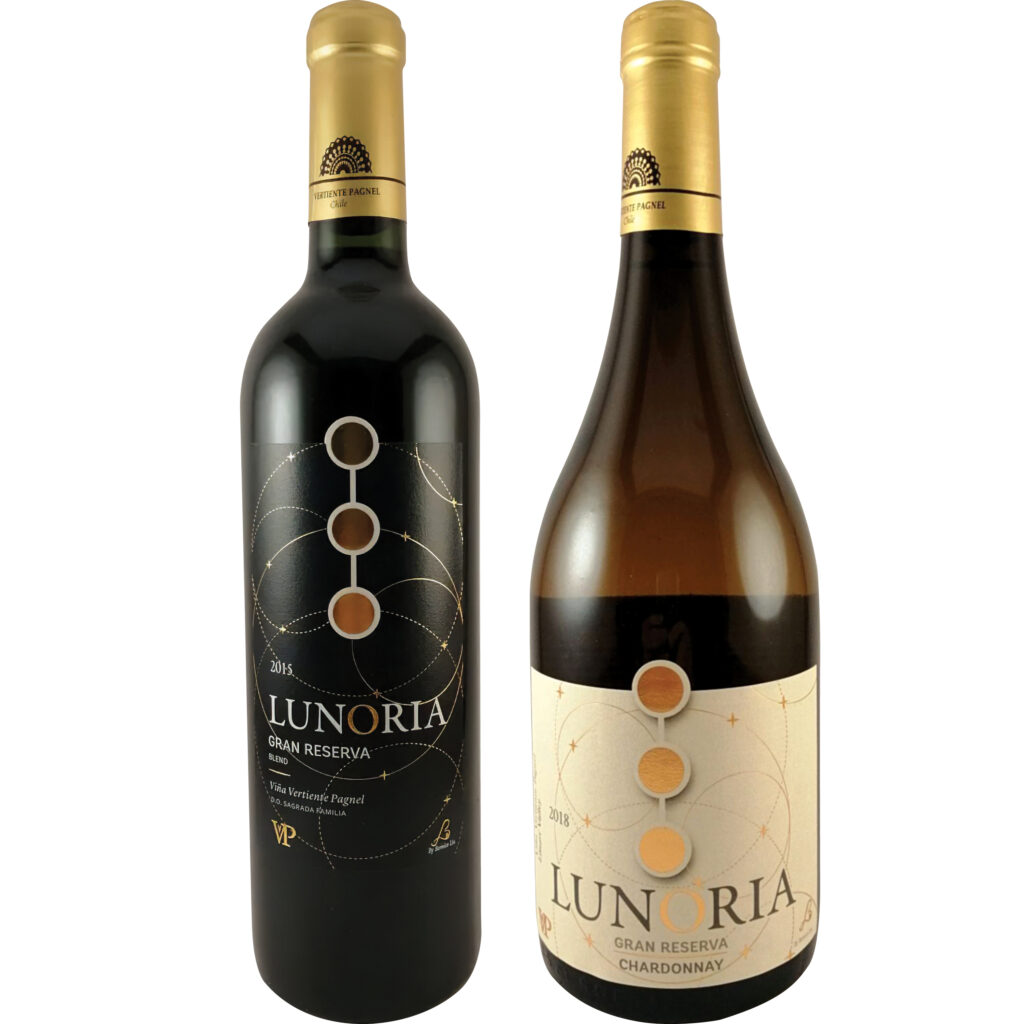
“The best part is that though they are served cold, the glass can be left to stand and the aromatics really start to show.”







